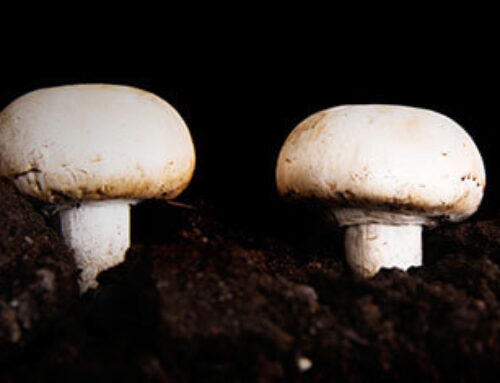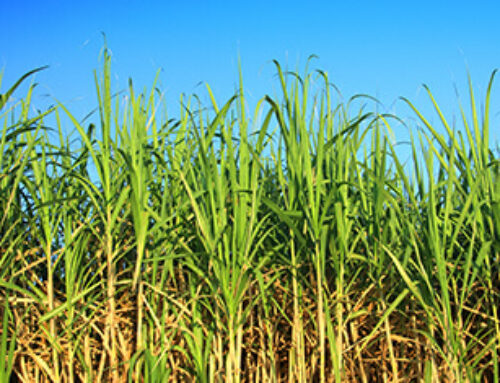Horse manure piles can produce huge numbers of flies, in reality, a much more serious vector for infectious diseases such as typhoid fever than odors. A proper horse manure waste management plan and waste application system are vital parts of a modern confined animal operation. If not properly managed, waste from horse farm operations can have many negative impacts on the overall farming operation as well as the community. For these reasons, horse operations are encouraged to use best management practices and develop a nutrient management plan.
Nutritional Value (NPK) of Horse Manure (organic matters in horse manure)

The manure with the highest nitrogen content is poultry manure, with hog, steer, sheep, dairy, and horse manure following it. Our Fertilizer Machinery will details the organic matters in horse manure next.
Table 1 gives the average nitrogen, phosphorus, and potassium content of horse manure and other animal species
| NPK Values of Animal Manures | |||
| N Nitrogen % | P Phosphorus % | K Potassium (Potash) % |
|
| Cow manure | 0.6 | 0.4 | 0.5 |
| Horse manure | 0.7 | 0.3 | 0.6 |
| Pig manure | 0.8 | 0.7 | 0.5 |
| Chicken manure | 1.1 | 0.8 | 0.5 |
| Sheep manure | 0.7 | 0.3 | 0.9 |
| Rabbit manure | 2.4 | 1.4 | 0.6 |
Nutrient values for manure vary widely. The type and quantity of bedding material included also affects the overall fertilizer value.
Table 2 shows the average nitrogen, phosphorus, and potassium content of horse manure and manure with bedding (dry weight basis) % LBS.
| Nutrient | Manure | With Bedding | |
| % | LBS/ TON OF MATERIAL | ||
| Nitrogen (N) | 0.95 | 19.0 | 11.0 |
| Phosphorus (P) | 0.30 | 6.0 | 2.20 |
| Potassium (K) | 1.50 | 30.0 | 1.30 |
For example, the fertilizer value of the eight and a half tons of manure produced annually from a 1000-pound horse can amount to 102 pounds of nitrogen (N), 43 pounds of phosphorous (P2O5), and 77 pounds of potash (K2O).
Horse Manure Composting Process/Systems
Because of the different local temperatures, it will cost about 7-20 days. Procedures as below:
Piling:
Because of the high purity of the poultry manure, thus they should be mixed with some other raw materials, such as grass/straw powder, household garbage, sludge, mushroom waste and etc. The moisture of the mixed raw materials should be 50-70%. (Efficient composting of animal feces requires the use of a C-rich bulking agent to adjust both the nutrient balance and the physical structure of the substrate. In horse manure, the bedding serves as the bulking agent.)
The mixed raw materials should be piled into crib shapes. The width and the height should be equal to the Compost turner. And the length should be as long as possible. And the ground should be as flat as possible.

In manure composting, if the waste pile doesn’t get enough oxygen, the whole composting process can result in unpleasant odors and slowed decomposition. Regular turning is one of the most effective ways to provide oxygen to a compost pile. In large-scale/commercial scale horse manure composting facilities, windrow compost turning is generally done using commercial composting equipment, such as a full hydraulic compost turner machine.
Adding the Biological fermentation bacteria agent to the Cribbed raw materials. By using the Compost turner, the Biological fermentation bacteria agent will be mixed enough with the raw materials. After 3-5 hours, the stink smell will be removed. And after 16 hours, the temperature will reach 50℃. When the temperature reaches 55℃, the raw materials should be turned around again to add some oxygen. Later, when the temperature reaches 55℃, the raw materials should be turned enough to be mixed enough, add oxygen, and reduce the temperature. This process will last about 7-10 days.
During the process, if moisture is too high, some dry raw materials should be added.
Generated Compost Crushing and Screening Process:
Finally, the fermented raw materials should be separated by the Sieving machine. The bigger size raw material should be crushed into powder by a Crushing machine.
Generated Compost Packaging:
Horse Manure Composting Systems
Traditionally horse owners collect manure and soiled bedding and pile them on unused land on their property. Nowadays, through composting it is possible to enhance the usefulness of manure for gardening and farming and improve its market value.
Composting improves the features of manure as an agent for soil enrichment. Except windrow composting system mentioned above, there are still several popular manure composting methods widely used by composting facilities, for example:

Place perforated pipes on the ground that are connected to a blower to push (positive) or pull (negative) air through the compost;
First, cover the pipe with some wood chips to distribute air and then carefully build a well mixed and watered compost pile six to ten feet deep;
and then cap it with a layer of old compost or wood chips to insulate and remove odors from the surface.
◆ Drum Composting (In-vessel Co-composting) System of Equity Manure

The actual composting takes place inside the rotating drum, which is insulated and aerated by a fan. No addition of chemicals or other matter is required. The material is degraded into clean compost that is free from harmful bacteria, viruses, weeds, and odor. The volume of the material has meanwhile been reduced to around 70 percent of the input volume. Finally, the compost is left to mature for one to six months before it is used for further processing.
A drum composting system can be applied in commercial-scale compost facilities.

Knehtilä farm is Finland’s first farm to have started to compost horse manure in a tube that can be located anywhere on a flat surface. The manure is stored in containers at the stables. The litter materials are peat, straw, and straw pellets. It takes about a day to fill 3 to 4 tubes with manure. The farm uses several tubes, each of which can hold about 240 m3 of manure. The composting process takes at least six months.
The tubes are a good way to store manure and at the same time the manure composts.

◇Manure Composting provides a potential way to increase the value of horse manure since it increases nutrient concentrations and decreases C:N ratio due to the decomposition of organic matter.
◇Composting or timely removal of manure piles will help keep odors to a minimum. It will also reduce manure volume by 50%.
◇Composting, meaning biological aerobic decomposition, reduces the manure volume, moisture and odor, increases its uniformity, stability and concentration and eliminates pathogens, parasites and flies. Handling, transport and utilization of manure can thus be enhanced by composting.




